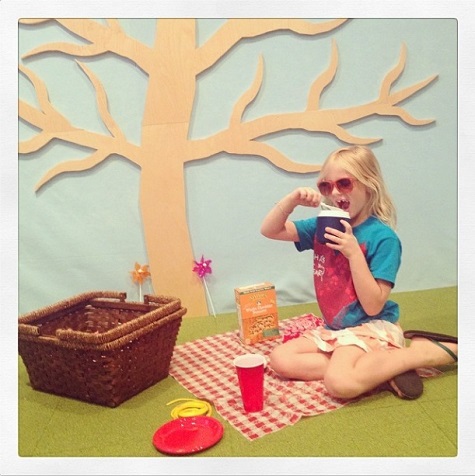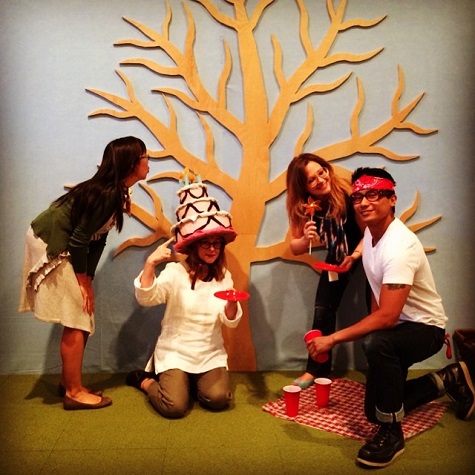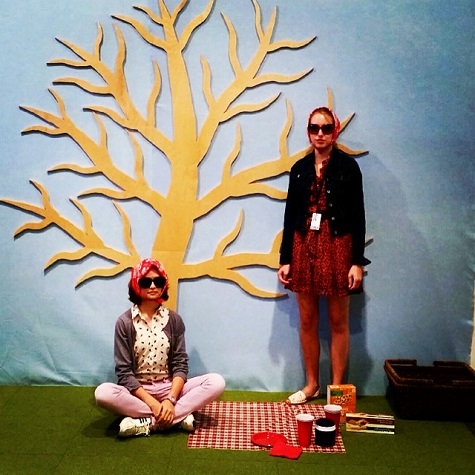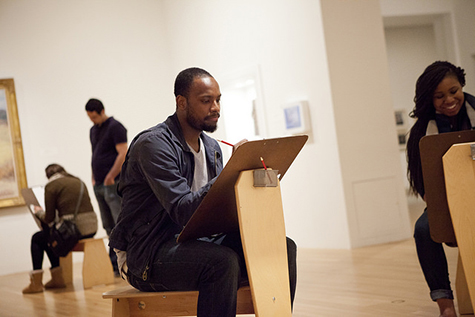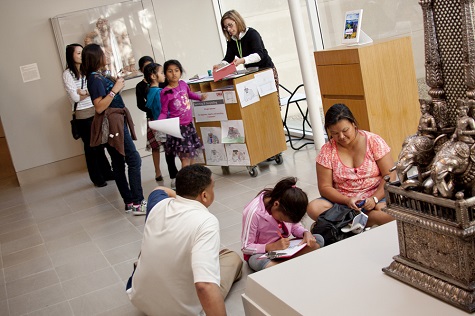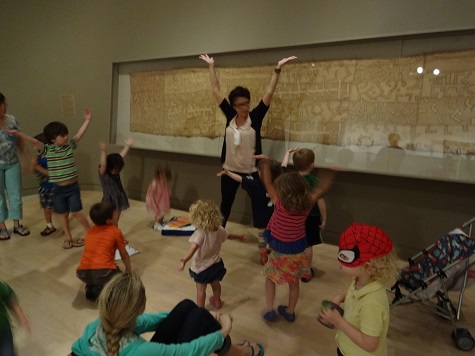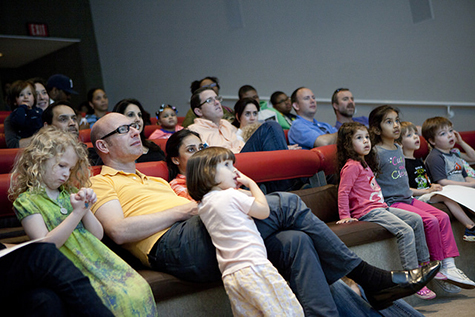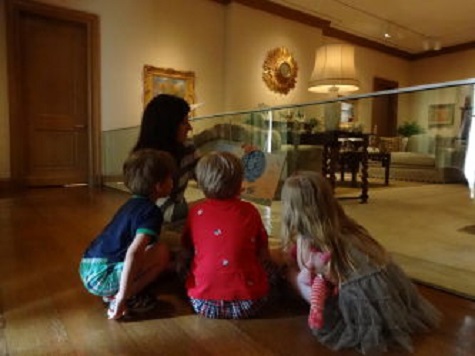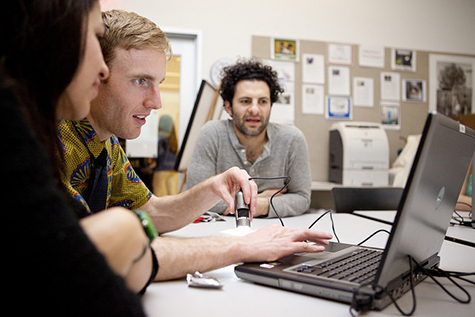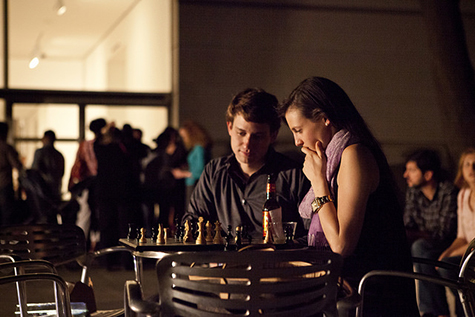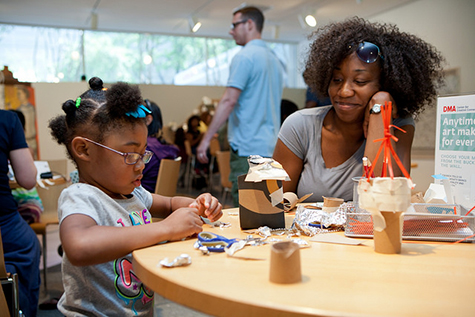As part of my time as a McDermott Intern in Education at the DMA, I was given the opportunity to carry out an independent project. Experiments on Public Space (EPS)started with the aim of evaluating and measuring “publicness” through a research approach that is grounded in artistic practice. From the beginning, the project hoped to contribute to the Museum by initiating an active reclaiming of publicness of the institution through the creation of opportunities for thought, transformatory participation, and active discussion. By doing this, the project’s ambition for the DMA was, and is, to exemplify and animate what it means to be a public museum in the 21st century.
The decision to focus on the issue of publicness is responsive not only to the field of art and culture but also to a globalized context in which our notion of democracy and democratic space is constantly being tainted and distorted. The project is a result of my past research, and my belief that performance art and participatory projects have the ability to provide social, political, and/or personal experiences.
The project launched during the February Late Night with Gesture—Tribute to Tania Bruguera, an unannounced performance that placed Museum visitors in crowd control situations. The piece was the first attempt at creating a space in which to ask participants to explicitly consider the differences between public and private, control and freedom, access and limitations.
The second experiment, Alternative Signage, took place during the March Late Night. This program, which was the result of a collaboration with the DMA/Perot Museum of History and Science Teen Advisory Council (T.A.C.), was also a performance piece where I and a group from the T.A.C. intervened in Museum spaces by installing alternative signs that were conceptualized and designed over a period of three months. The signs reworked and reimagined the ways text, symbols, and signage can influence participation and experiences, and therefore overall publicness.
I Am a Monument… is the third of four experiments that constitute EPS. The program involves a series of workshops that were held during the Museum’s Studio Creations program with guest artist Giovanni Valderas; visitors worked collaboratively to build a temporary monument recognizing and celebrating the Latino community of Dallas. The workshop itself becomes a gesture of coming together to celebrate and participate in this building of relationships between communities. The unveiling of the monument, in the shape of an arch, will create a passageway that represents the desire for mutual understanding and the welcoming of the Latin American community. See it revealed on the Ross Avenue Plaza during this month’s Late Night on Friday, April 17!
Experiments on Public Space will come to a close with a fourth and final program, a panel discussion titled when “public” becomes a verb…, which will bring together four speakers to present a series of visual statements produced in collaboration with the DMA and the Perot Museum of Nature and Science Teen Advisory Council (T.A.C.). The panel discussion will take place during the May Late Night on Friday, May 15, starting at 6:30 p.m. in the Center for Creative Connections Theater.
For EPS, each program was conceived as a way of collecting “data on publicness” of the Museum. The results of these “experiments” will be on display at the Center for Creative Connections beginning on April 17. Visitors will become evaluators of this data, providing their thoughts and comments and an overall measurement of the individual issues of publicness explored in this project through a series of interactive activities in the space.
Eliel Jones, McDermott Education Intern for Visitor and Community Engagement at the DMA.
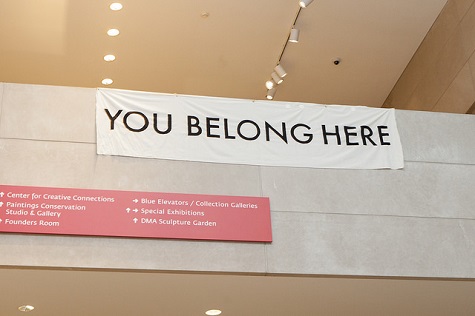
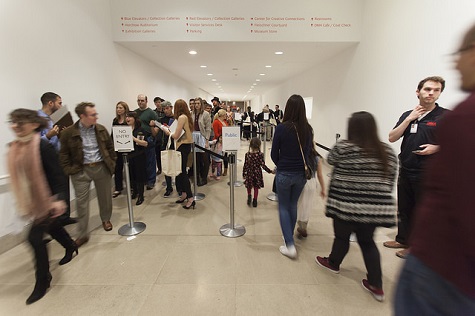
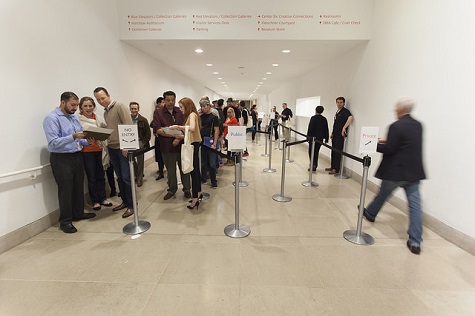
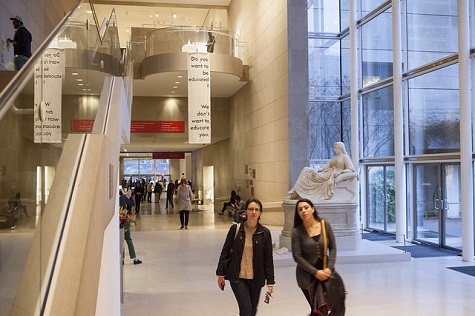

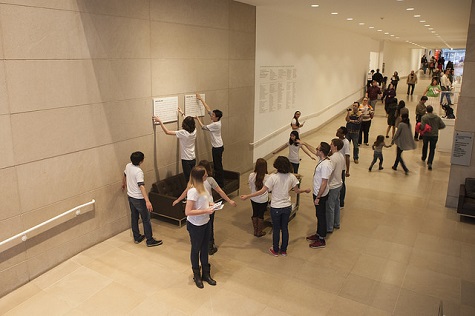
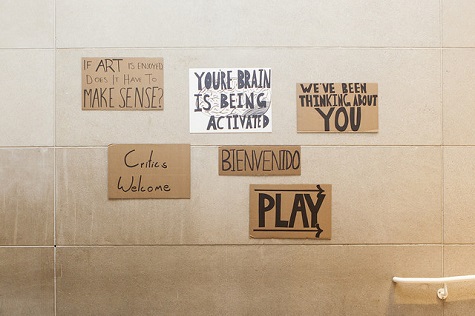
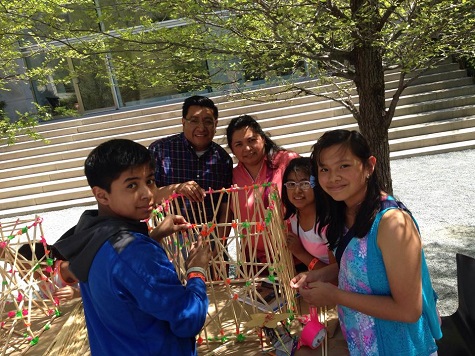

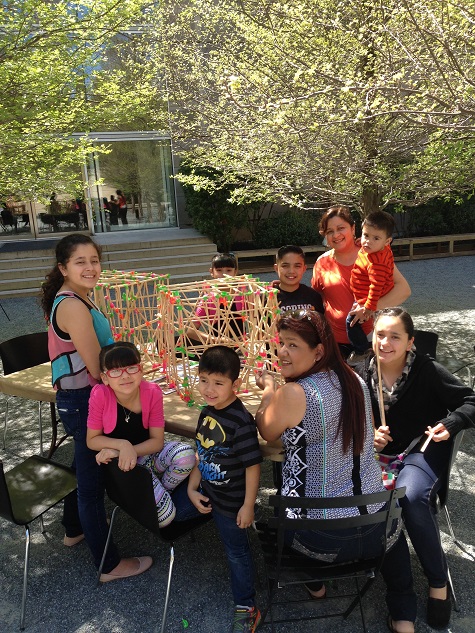
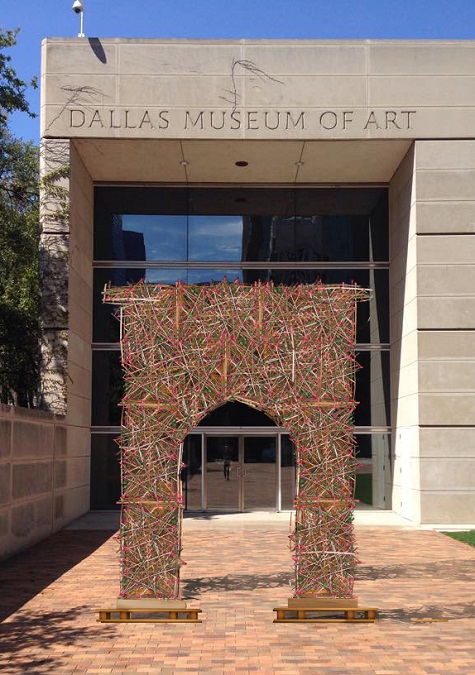
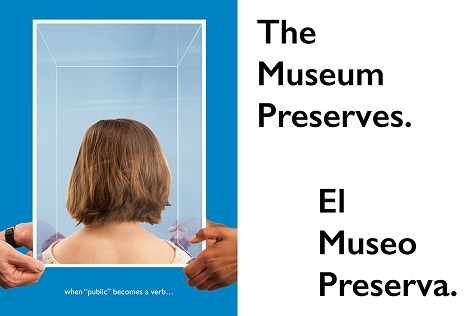
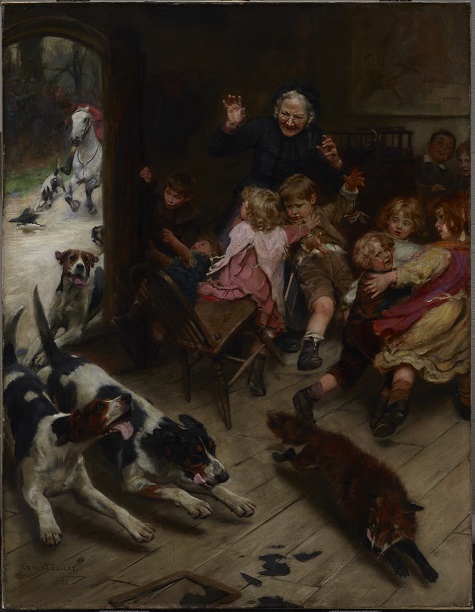










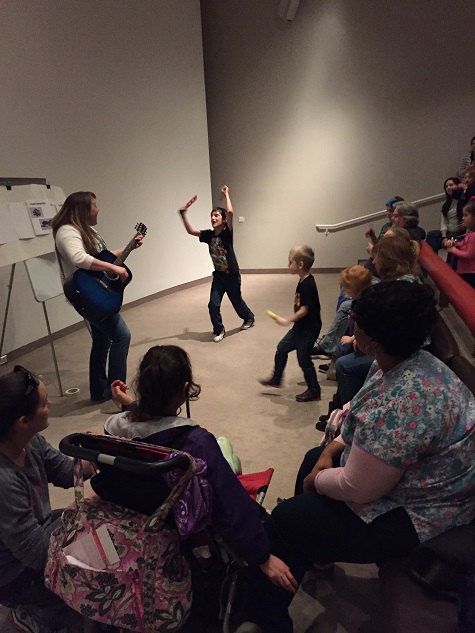
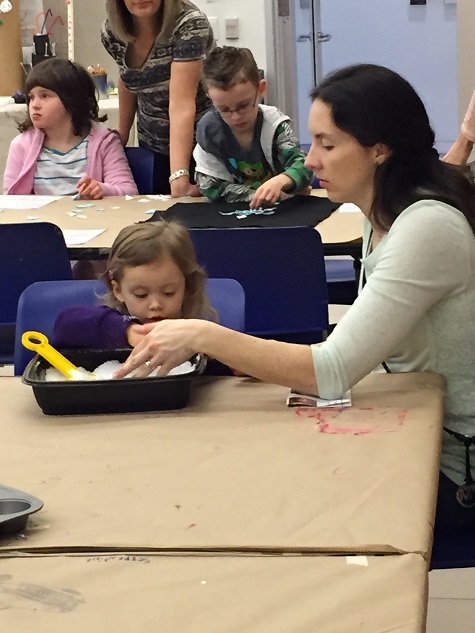
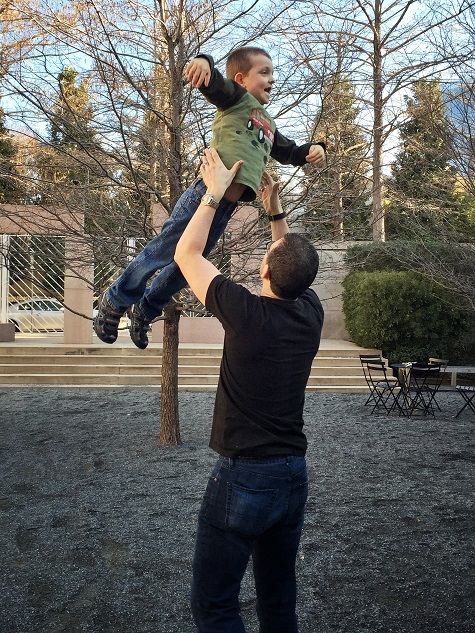
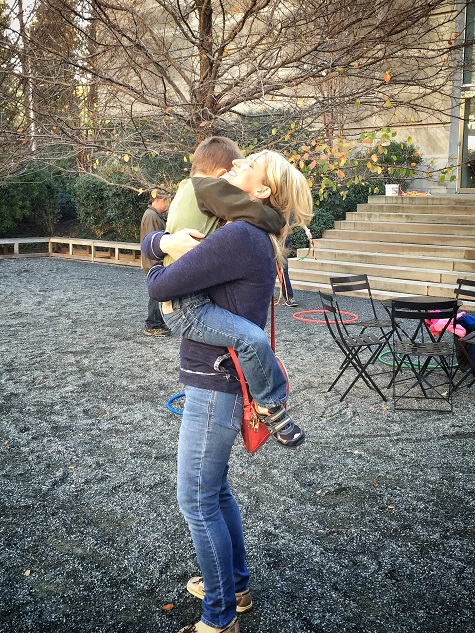
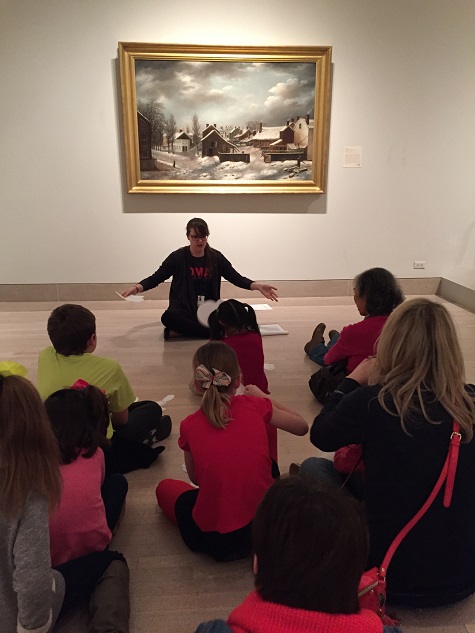
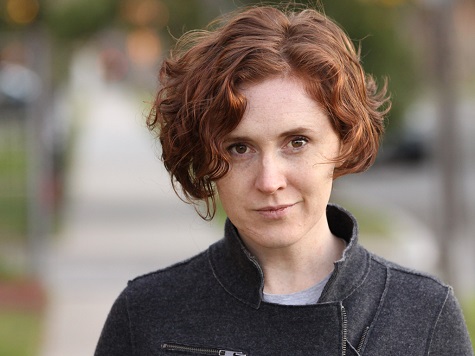
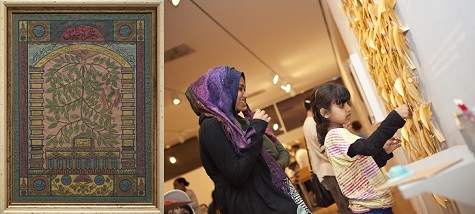
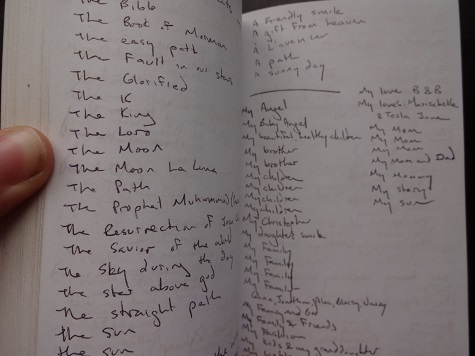
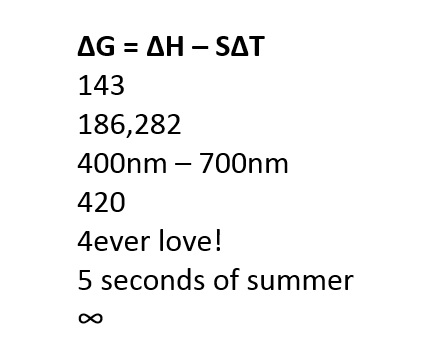
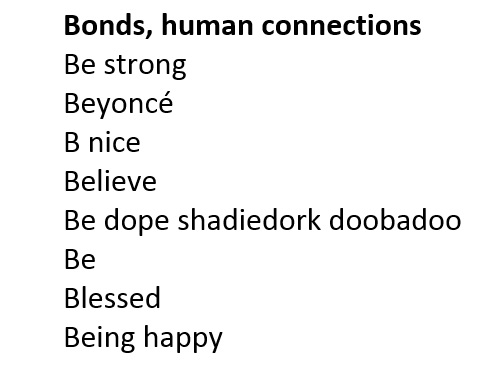
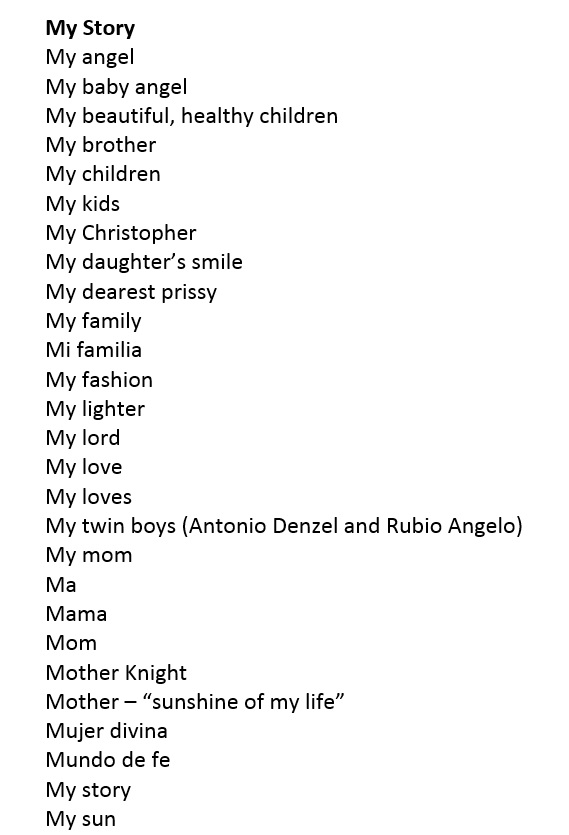
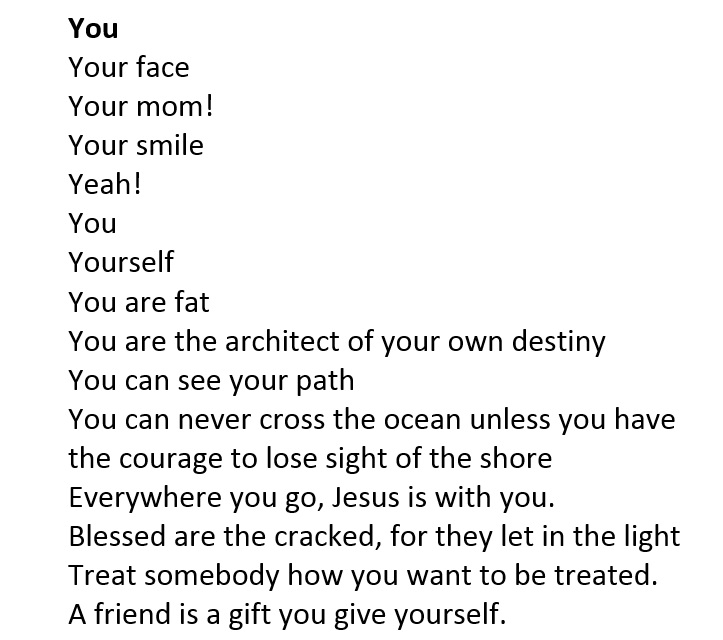
![Images (left to right): Arthur John Elsley, Hard Pressed (Any Port in a Storm/Late for School), 1898, oil on canvas, Dallas Museum of Art, gift of Kim Jordan; "Late for School." Illustrated London News [London, England] [27 Nov. 1899]: n.p. Illustrated London News. Web. 24 Sept. 2014.](https://blog.dma.org/wp-content/uploads/2014/12/combo.jpg)
![Director Harry S. Parker III with children in the Gateway Gallery, 1984 [Photographer: Tim Mickelson]](https://blog.dma.org/wp-content/uploads/2014/10/gateway_gallery_002.jpg)
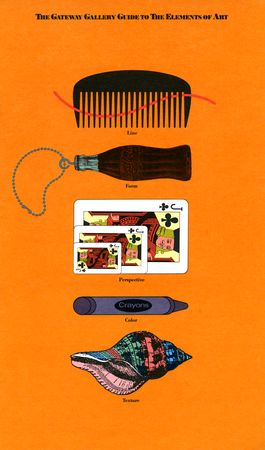
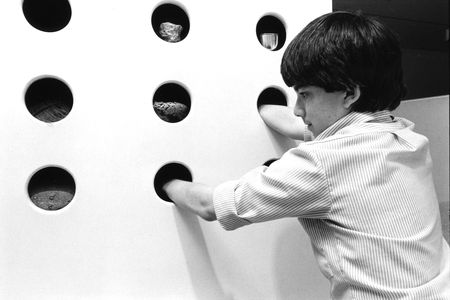
![Children explore a mirrored Room of Infinity to understand perspective [Dallas Morning News]](https://blog.dma.org/wp-content/uploads/2014/10/gateway_gallery_kids_001.jpg)






